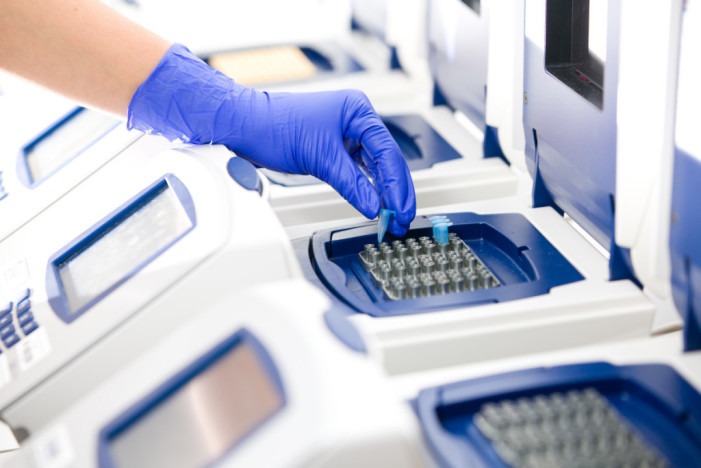
As part of a brewery’s Hazard Analysis Critical Control Points (HACCP) plan the aim should be to reduce the number of opportunities spoilage bacteria have.
Therefore the brewer needs to look at the different sources of contamination within the brewery site and control the access bacteria have to the product, explains explains Timothy Woolley, technical director at beer spoilage testing specialists Pura Diagnostics.
Beer is a very stable microbiological medium, the presence of ethanol, a high carbon dioxide content, a low pH, hop acids and finally the reduced availability of nutrients mean that few microorganisms have been able to establish an environmental niche.
Nevertheless, a few bacteria, including Lactic Acid Bacteria (LAB) of the genera Lactobacillus and Pediococcus and the anaerobic bacteria Pectinatus and Megasphaera can. Because of this these four species are responsible for most beer spoilage events.
Bacterial spoilage often leads to visible turbidity, sediment formation, acidification, off-flavors and ropiness. Paradoxically it is because of beers harsh environment that bacteria are forced to use alternate internal pathways to survive and in doing so produce some of the chemicals connected with spoilage e.g. acetoin and diacetyl.
As part of a brewery’s Hazard Analysis Critical Control Points (HACCP) plan the aim should be to reduce the number of opportunities spoilage bacteria have. Therefore the brewer needs to look at the different sources of contamination within the brewery site and control the access bacteria have to the product.
Although LAB are responsible for approx. 80% of beer infections, recent improvements in filling technology has seen an increase in anaerobic microorganisms of the genus Pectinatus and Megasphaera.
Due to their ability to form microbial biofilms that are present on the surfaces of pipelines, floors, machinery etc. these microorganisms pose a growing threat to brewers, especially as they are capable of infecting beer during the final packing phase (bottling/canning lines).
Although anaerobic bacteria can be present in biofilms around the brewery, LAB are found almost everywhere, and are part of the normal flora of the beers core ingredients. Even the cleanest brewery has spoilage bacteria, and at some point they will come into contact with your beer.
Cleaning Regime
So it’s a good idea for each brewery to develop its own cleaning regime, and audit its effectiveness on a regular basis. From this the brewer will be able to establish acceptable limits for their site. These limits can be based on experience, scientific literature, or industry and governmental guidelines.
The most important thing that that you document your reasoning and that the process is checked and audited on a regular basis. Its especially important to perform testing after a change in any process, be it new equipment, new ways or working, even new staff members.
Bacteria testing should always be proactive, not reactive. A brewer using a good HACCP plan will have looked at all the possible infection points and be able detect a low-grade bacterial infection before its had a chance to cause a serious problem. One of the best ways of doing this is by regular, on-going testing regimes.
To eliminate spoilage bacteria, you need to know at what stage of your brewing process it could be introduced. It might also be helpful to know what species of bacteria this might be, where it might live and how to deal with it.
Periodic testing covering each stage of the brewing process will give you an idea of how good your overall site sanitation is, on-site testing because its quick and easy is ideal for this. If you use a contract lab, you can always send a sample from each area of your production facility over a set period, making sure you cover each identified control point.
The use of an audit schedule can be invaluable. Of cause this can covered in your due diligence screen, however spreading testing over a period of time may give a better reflection of your breweries general hygiene than doing one or two full screens a year.
If you can see a potential issue before it becomes a problem, there will be no need to pour good money down the drain.
Evidence suggests that up to 20-25% of craft beer can be infected with spoilage bacteria, some very recent data even found detectable levels of spoilage organisms in pasteurized beers. As craft brewing companies grow, become more adventurous and produce greater volumes of beer, the finished product can become subject to increased storage and shipping times.
In addition increased frequency of production can put a strain on cleaning processes. To meet the growing demands of a very selective customer base, the need to check site hygiene and product quality is essential.
However many craft brewers do not have the benefit of having their own microbiology laboratory, either because of site restrictions, knowledge, or the because of the expense involved, but microbiological on-site testing isn’t beyond even the smallest brewery.
